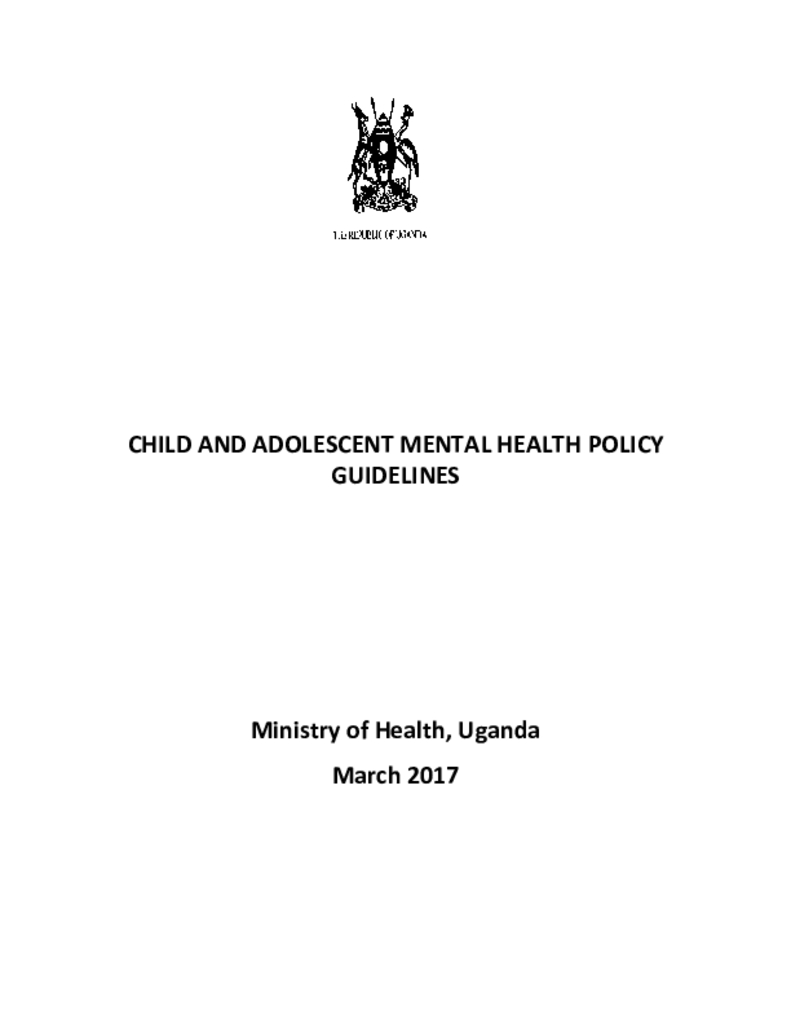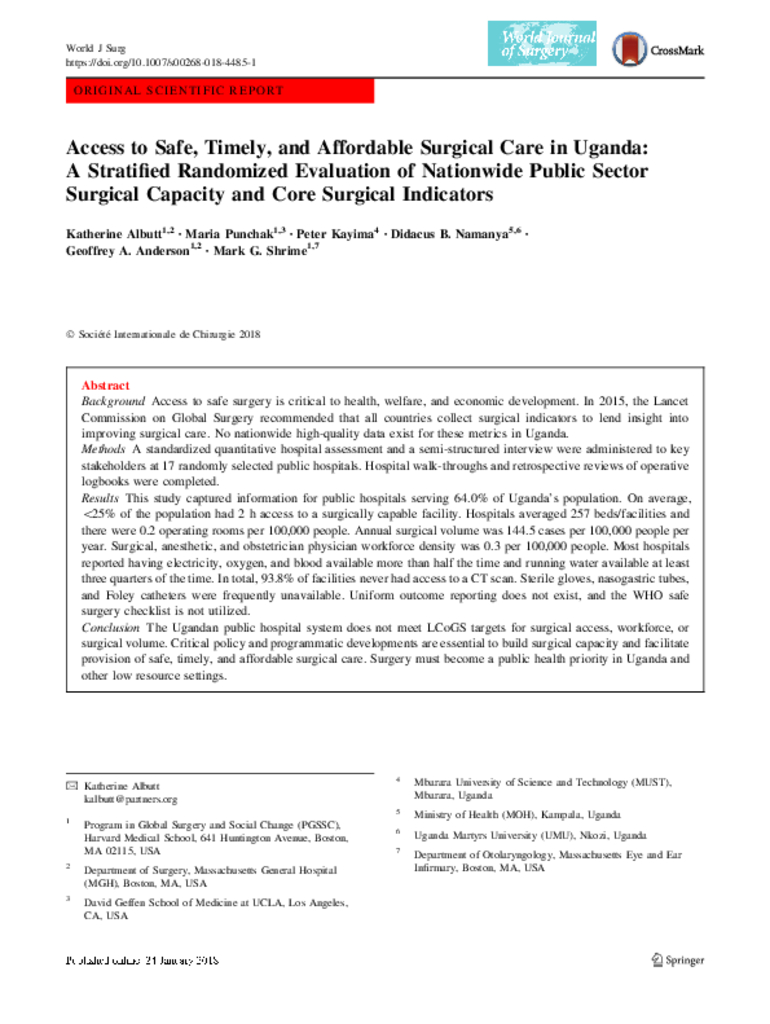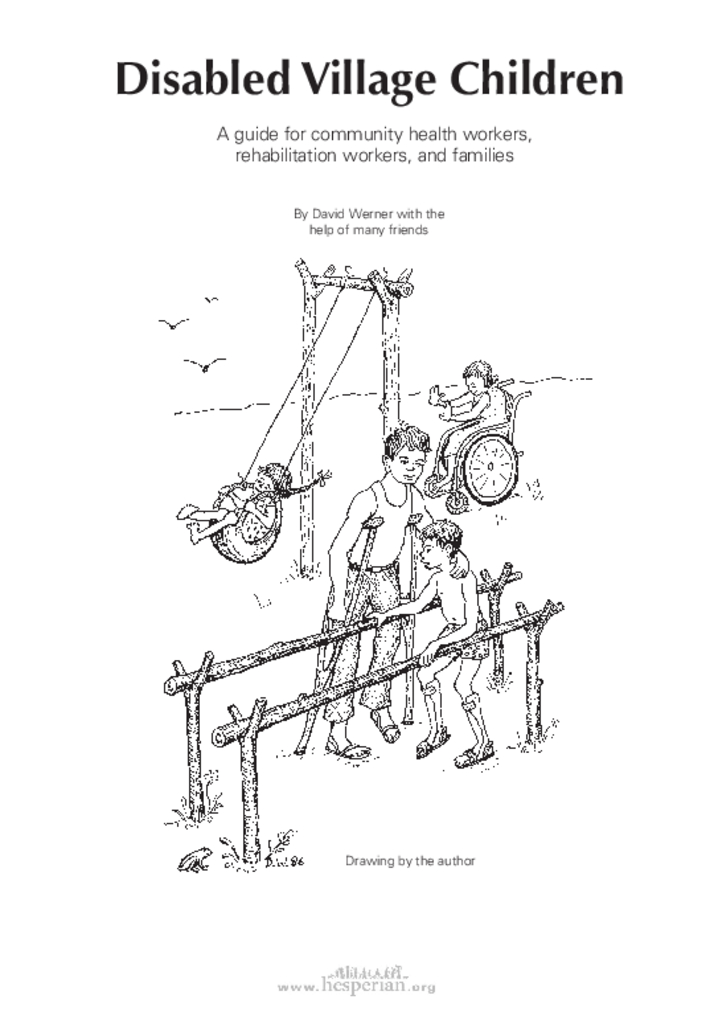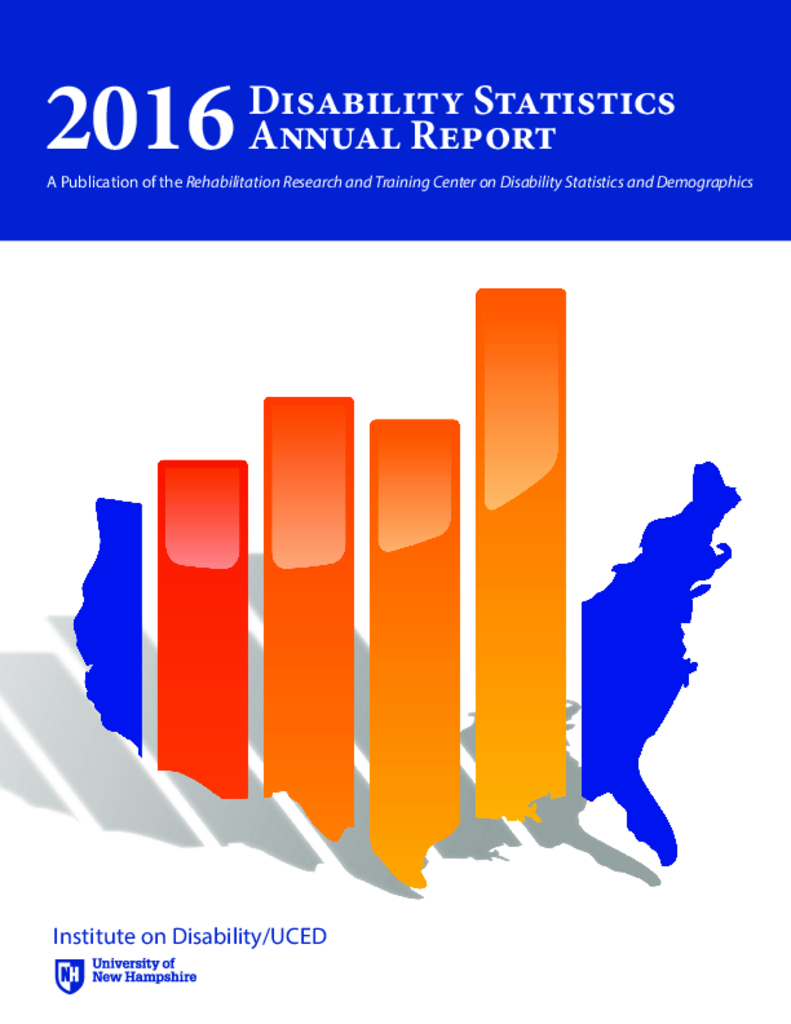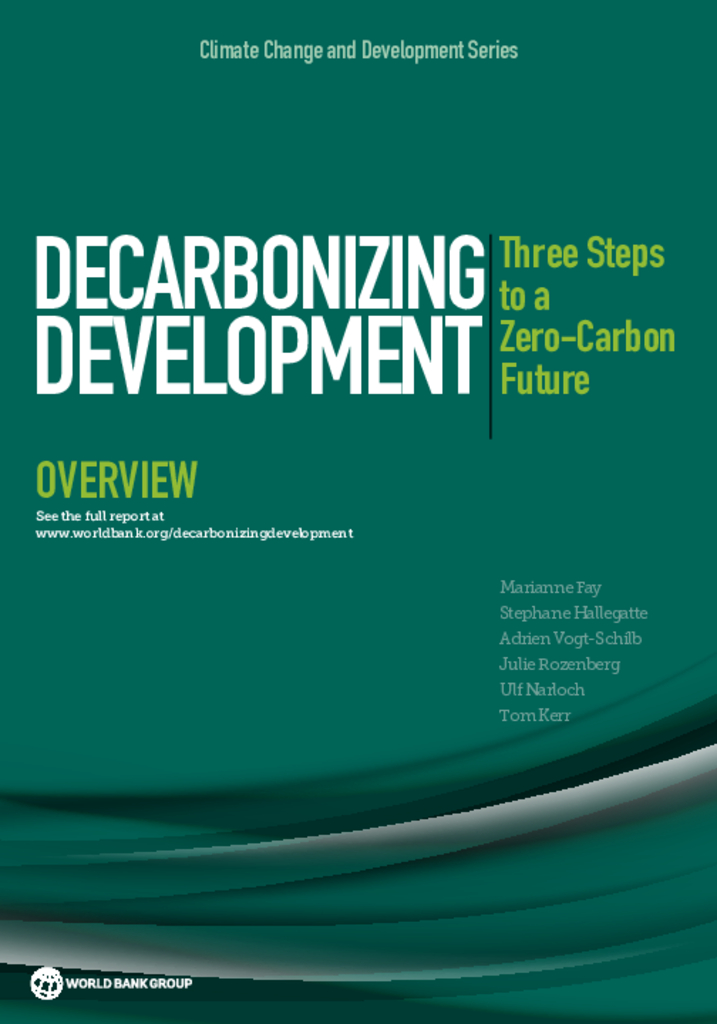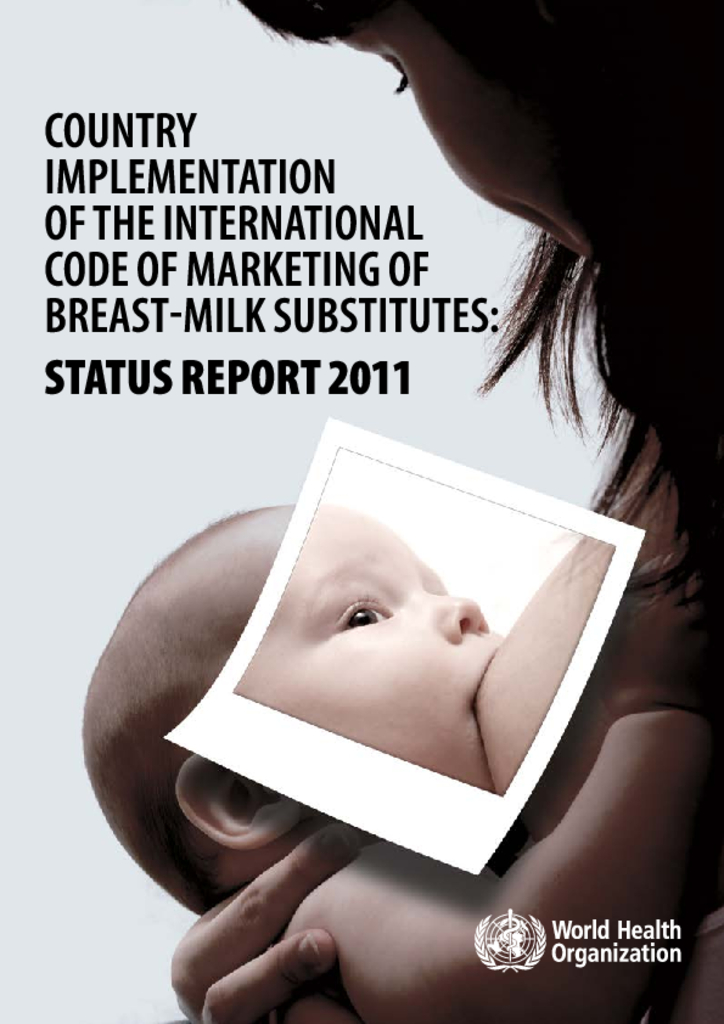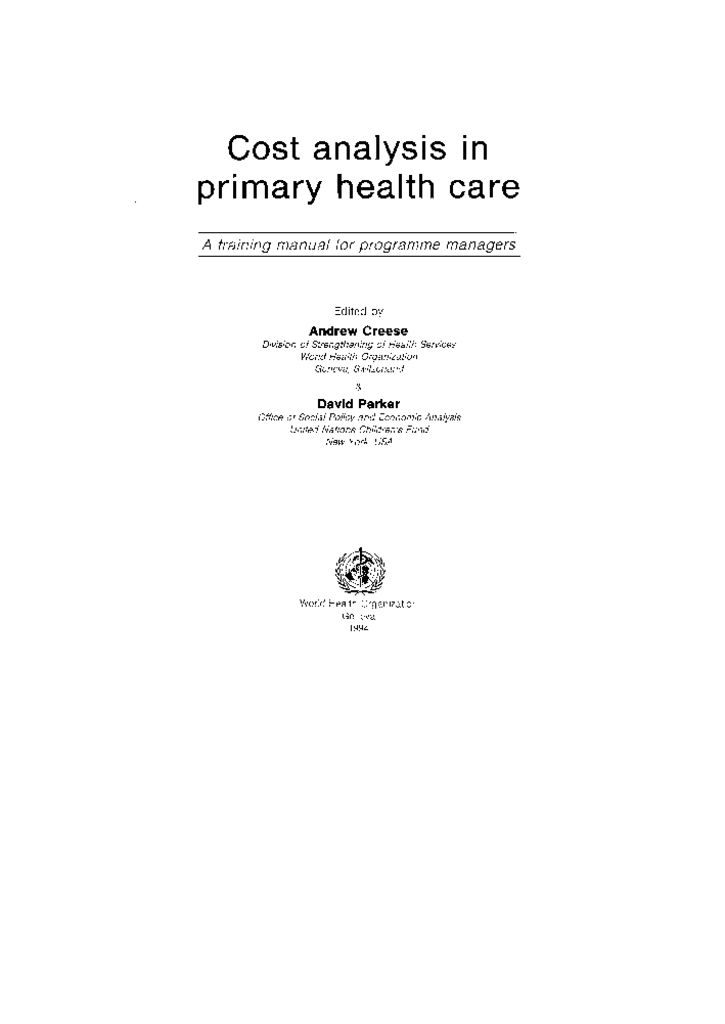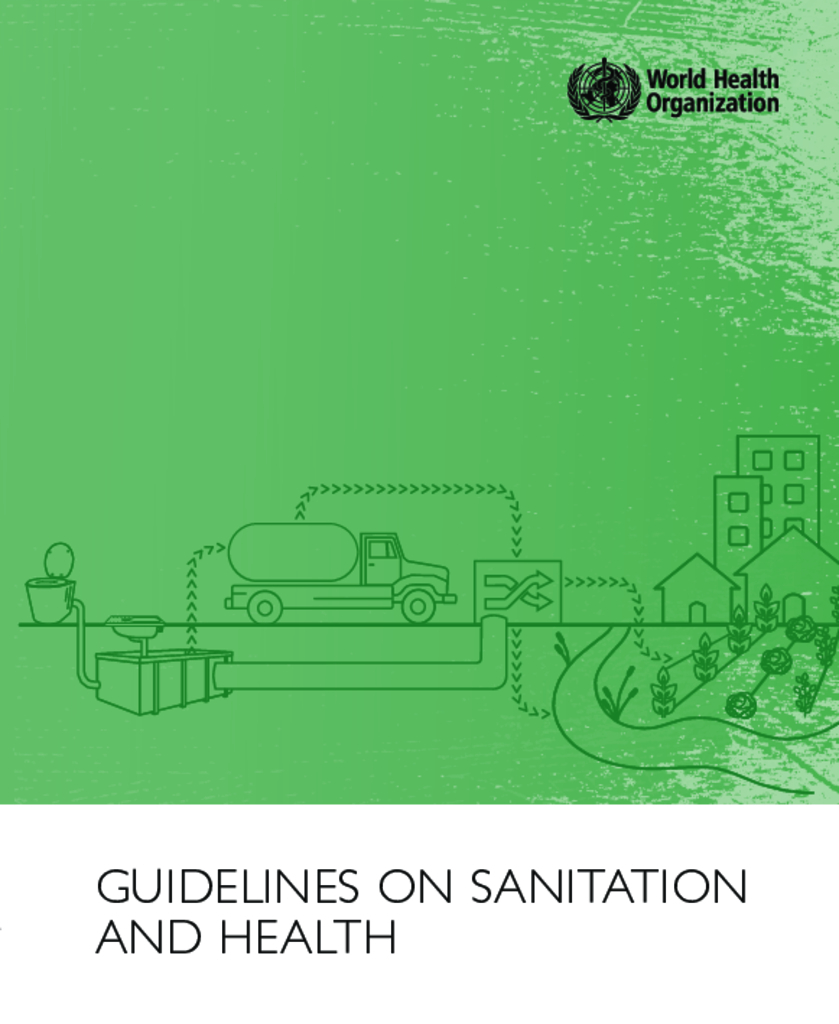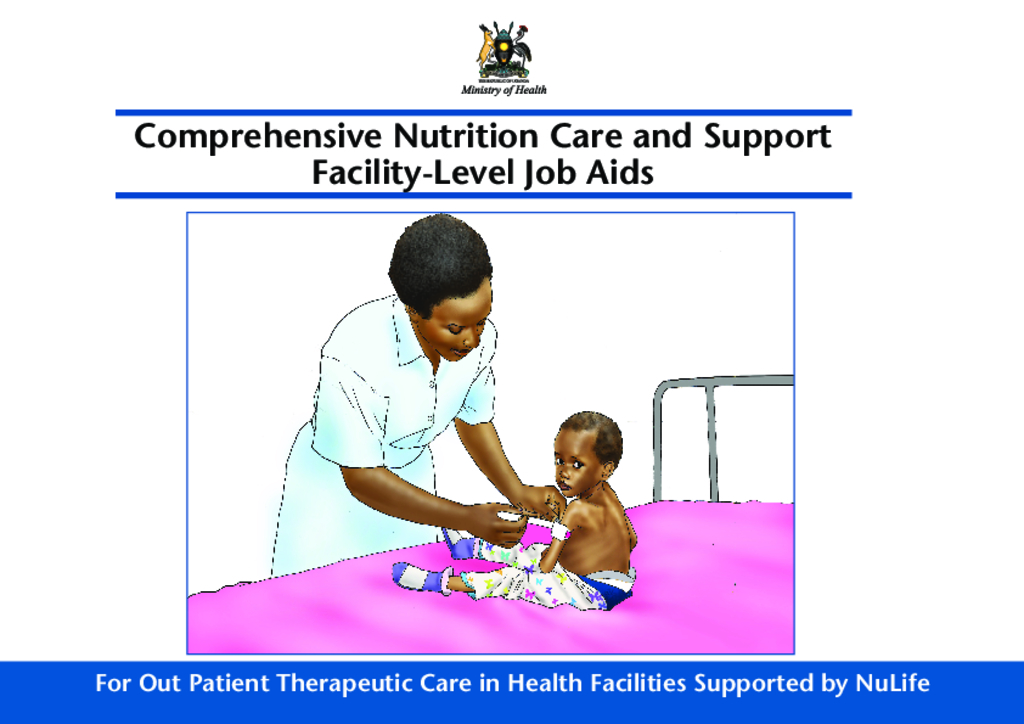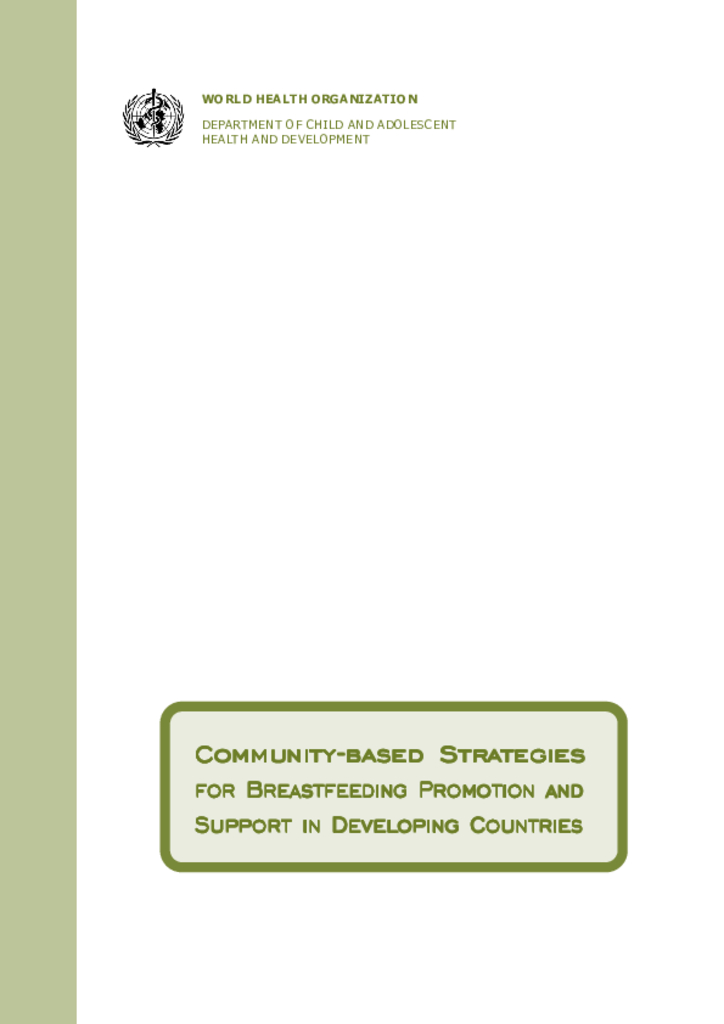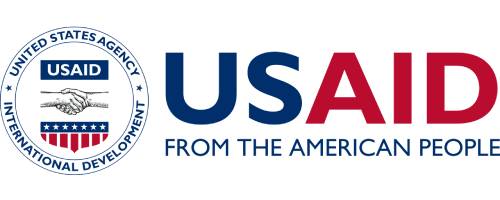Iodine, named after the Greek word for violet, was first observed as a violet vapour during the making of gunpowder at the beginning of the 19th century. Most of the Earth’s iodine exists in the ocean: sea water, fish and vegetation. It was present during the primordial development of the earth, but large amounts were leached from the surface soil by glaciation, snow or rain and carried by wind, rivers and floods into the sea.
Until the outbreak of an exotic communicable disease or other dramatic event, the elaborate infrastructures and mechanisms that protect public health on a daily basis often go unnoticed and attract little media1 interest. In the midst of a public health emergency2 the situation becomes very different as the demand for information rapidly escalates. Only recently has the true extent to which media communication3 directly influences the course of events been recognized. Good communication can rally support, calm a nervous public, provide muchneeded information, encourage cooperative behaviours and help save lives. Poor communication can fan emotions, disrupt economies and undermine confidence
The Child and Adolescent Mental Health Policy Guidelines are designed to promote Mental Health and prevent Mental, Neurological and Substance use disorders among children and adolescents. These guidelines are a statement by the Government of Uganda to set a clear direction in development of Mental, Neurological and Substance abuse control services and as such, aim to ensure that these services are readily accessible to all children and adolescents in Uganda. The Policy Guidelines represent the views and recommendations of a wide range of stakeholders across government sectors, civil society, private sector, adolescents and the general public.
Access to safe surgery is critical to health, welfare, and economic development. In 2015, the Lancet Commission on Global Surgery recommended that all countries collect surgical indicators to lend insight into improving surgical care. No nationwide high-quality data exist for these metrics in Uganda. Methods A standardized quantitative hospital assessment and a semi-structured interview were administered to key stakeholders at 17 randomly selected public hospitals. Hospital walk-throughs and retrospective reviews of operative logbooks were completed.
This book has been a cooperative effort. Many persons have contributed in different ways. Some have helped to write or rewrite different sections; some have criticized early drafts; some have used it in their programs and sent us feedback; some have sent original ideas or technologies that we have tested and then included. In all, persons or programs from 27 countries on 6 continents (North and South America, Africa, Asia, Europe, Australia) have contributed
The Annual Report highlights state and trend data from national sources. A specific listing of source data for each figure is included in Appendix B. There is a great deal of variability in rates of people with disabilities by state and the Annual Report includes maps to highlight this information. A glossary of terms is included in Appendix C.
The Climate Change and Development Series was created in 2015 to showcase economic and scientific research that explores the interactions between climate change, climate policies, and development. The series aims to promote debate and broaden understanding of current and emerging questions about the climate-development nexus through evidence-based analysis.
Globally, breastfeeding has the potential to prevent about 800 000 deaths among children under five each year if all children 0–23 months were optimally breastfed. Early initiation of breastfeeding could prevent about one fifth of neonatal deaths, but less than half of infants are put to the breast within one hour of birth. WHO recommends that all infants should be exclusively breastfed for the first six months of life, but actual practice is low (38%). Only about half of children aged 20–23 months are breastfed despite the recommendation that breastfeeding continue for up to 2 years or beyond.
This manual was developed over a period of three years through workshops and field-testing with important inputs from health programme managers in many developing countries. Financial and Technical support was provided by UNICEF.
Safe sanitation is essential for health, from preventing infection to improving and maintaining mental and social well-being. The lack of safe sanitation contributes to diarrhoea, a major public health concern and a leading cause of disease and death among children under five years in low- and middle- income countries; poor sanitation also contributes to several neglected tropical diseases, as well as broader adverse outcomes such as undernutrition. Lack of access to suitable sanitation facilities is also a major cause of risks and anxiety, especially for women and girls. For all these reasons, sanitation that prevents disease and ensures privacy and dignity has been recognized as a basic human right. Sanitation is defined as access to and use of facilities.
The Ministry of Health would like to very sincerely thank the University Research Co., LLC (URC) Nulife Program, with support from the United States Agency for International Development (USAID) for the technical and financial support which was so essential for the development, printing and dissemination of these Facility-Level job aids on Comprehensive Nutrition Care and Support for People Living with HIV.
Breastfeeding is an extension of maternal protection that transitions the young infant from the shelter of the in utero environment to life in the ex utero world with its variety of potentially harmful exposures. The promotion, protection, and support of breastfeeding is an exceptionally cost-effective strategy for improving child survival and reducing the burden of childhood disease, particularly in developing countries


